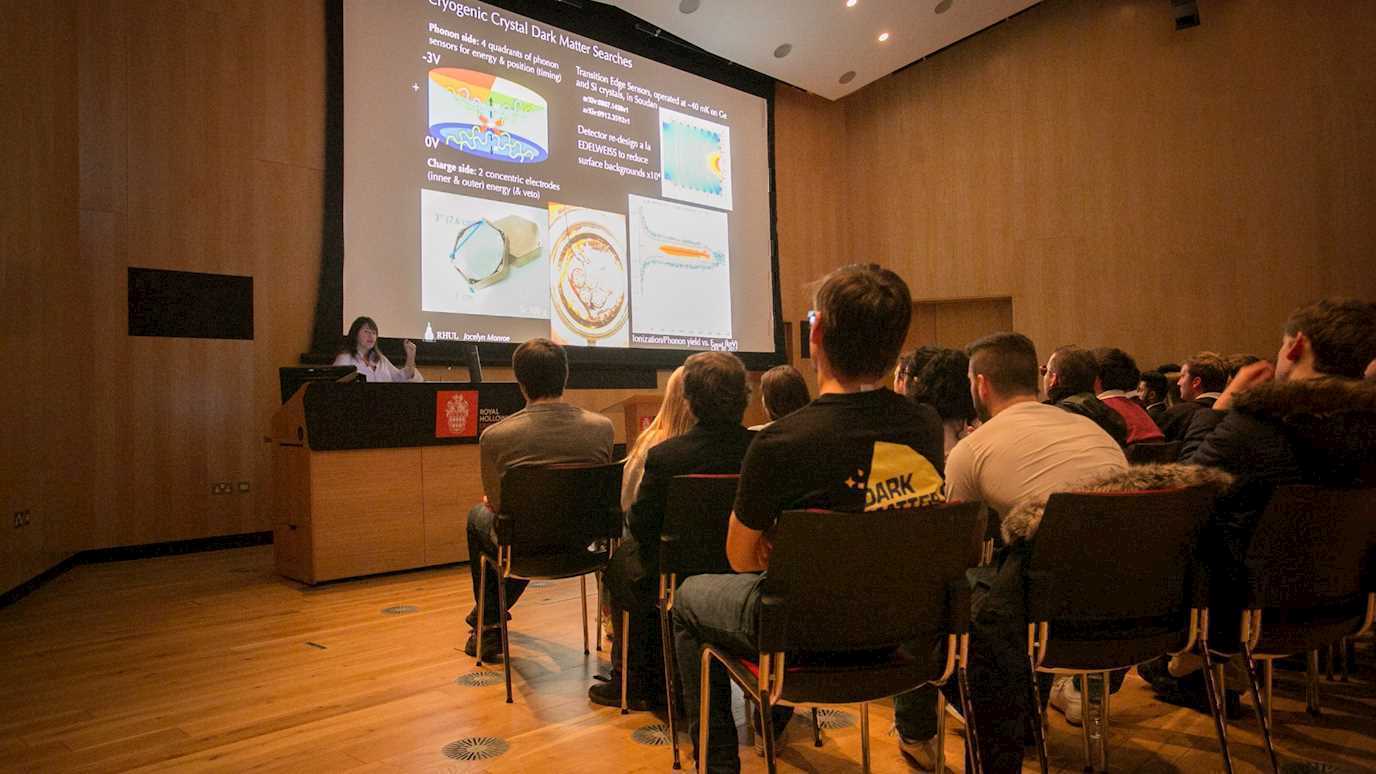Dr Sebastian de Graaf, National Physics Laboratory
Quantum circuits show unprecedented sensitivity to external fluctuations compared to their classical counterparts, and it can take as little as a single atomic defect somewhere in a mm-sized area to completely spoil device performance. For improved device coherence it is thus essential to find ways to reduce the number of defects and improve the quality of materials. Given the evasive nature of these defects, their low energy scales (GHz) and low abundance, the materials science required to understand them is at present in uncharted territories, and new techniques must be developed to bridge existing capabilities from materials science with the needs identified by the superconducting quantum circuit community. I will give an overview of methods for characterising defects in materials relevant for superconducting quantum circuits. This includes in-operation techniques, where quantum circuits are used as probes of the defects themselves, to in situ analysis techniques and well-established ex situ materials analysis techniques. The latter is now increasingly explored by the quantum circuits community to correlate specific material properties with qubit performance. This is a very resource intensive approach, and novel routes are needed to bridge the material science gap. Several such approaches that look especially promising and will contribute towards a future toolbox of material analysis techniques for quantum circuits will be discussed.





















